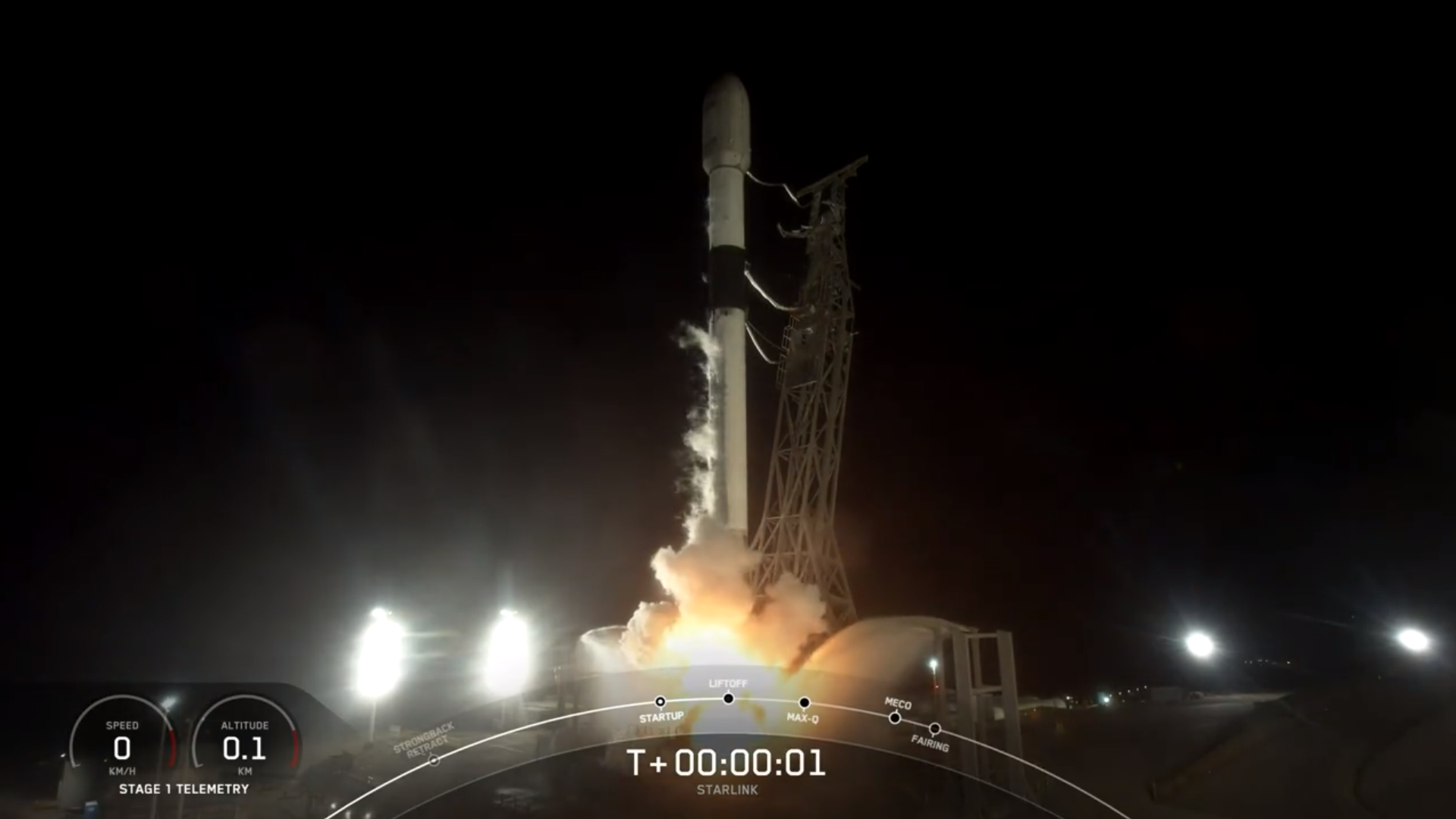
SpaceX has successfully launched its most-flown West Coast Falcon 9, following Monday’s rousing 2:30 a.m. PST (5:30 a.m. EST) rise of a 15-times-used booster from Space Launch Complex (SLC)-4E at Vandenberg Space Force Base, Calif. Last night’s mission also marked the 25th launch of 2023 from the Central Coast site and delivered 22 Starlink internet communications satellites, totaling 38,800 pounds (17,600 kilograms), into low-Earth orbit.
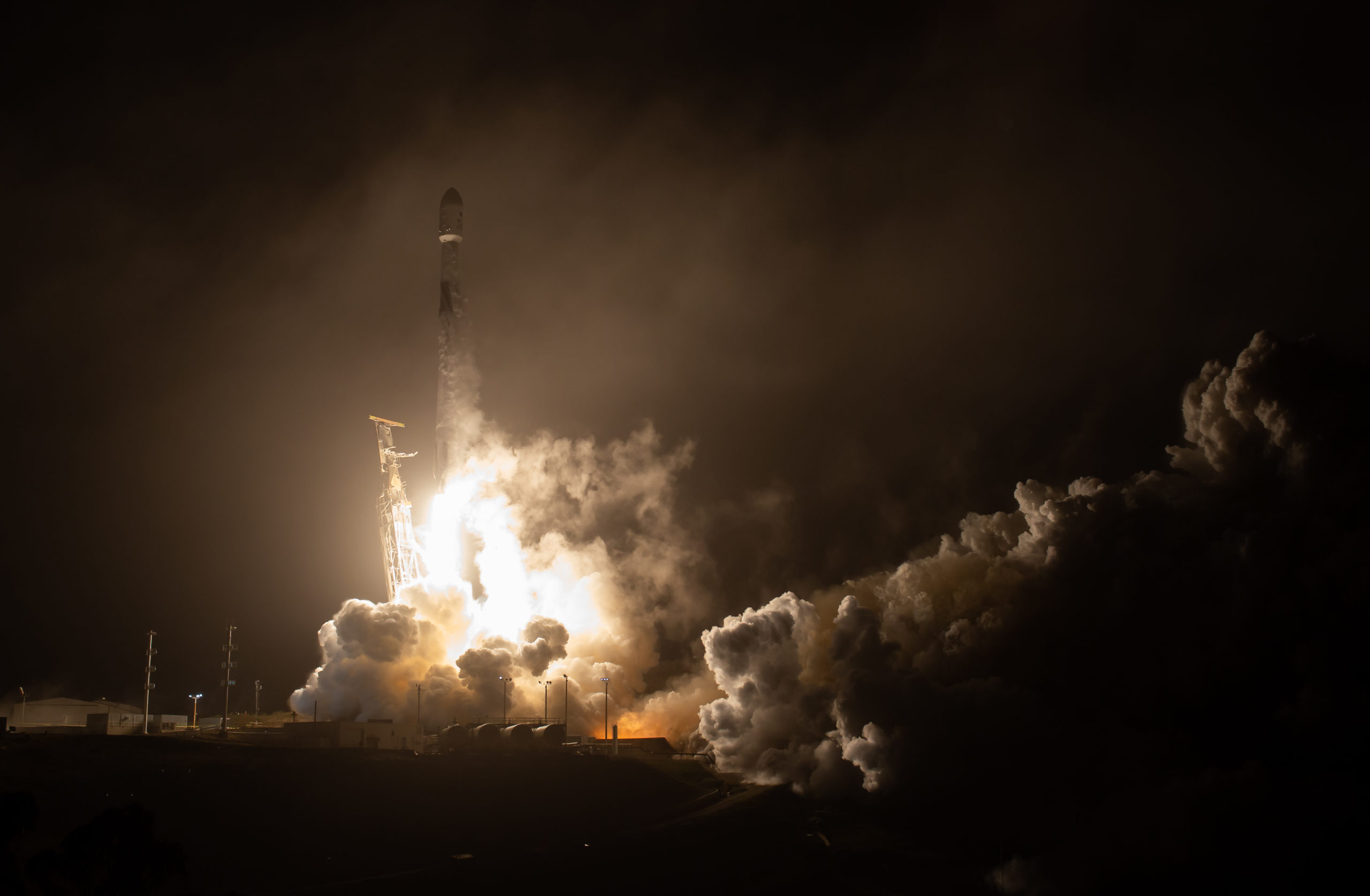
Flying the mission was B1063, which entered service in November 2020 and went on to log five launches last year and has now flown seven times in 2023. Key payloads included NASA’s Sentinel-6 Michael Freilich and Double Asteroid Redirection Test (DART), the second Tranche 0 batch of Transport and Tracking Layer (TTL) satellites for the Space Development Agency (SDA), five Iridium NEXT global mobile communications satellites, 16 advanced broadband satellites for London, England-based OneWeb, 450 Starlinks and last April’s 51-payload Transporter-7 “rideshare” mission.
Of those launches, all but one occurred from Vandenberg, making B1063 the West Coast’s incumbent fleet-leader. And 2023 has proven to be a record-breaking year for the mountain-ringed launch site, with 25 flights from SLC-4E—averaging a mission every two weeks—using only four boosters, one of which made its maiden outing in January.
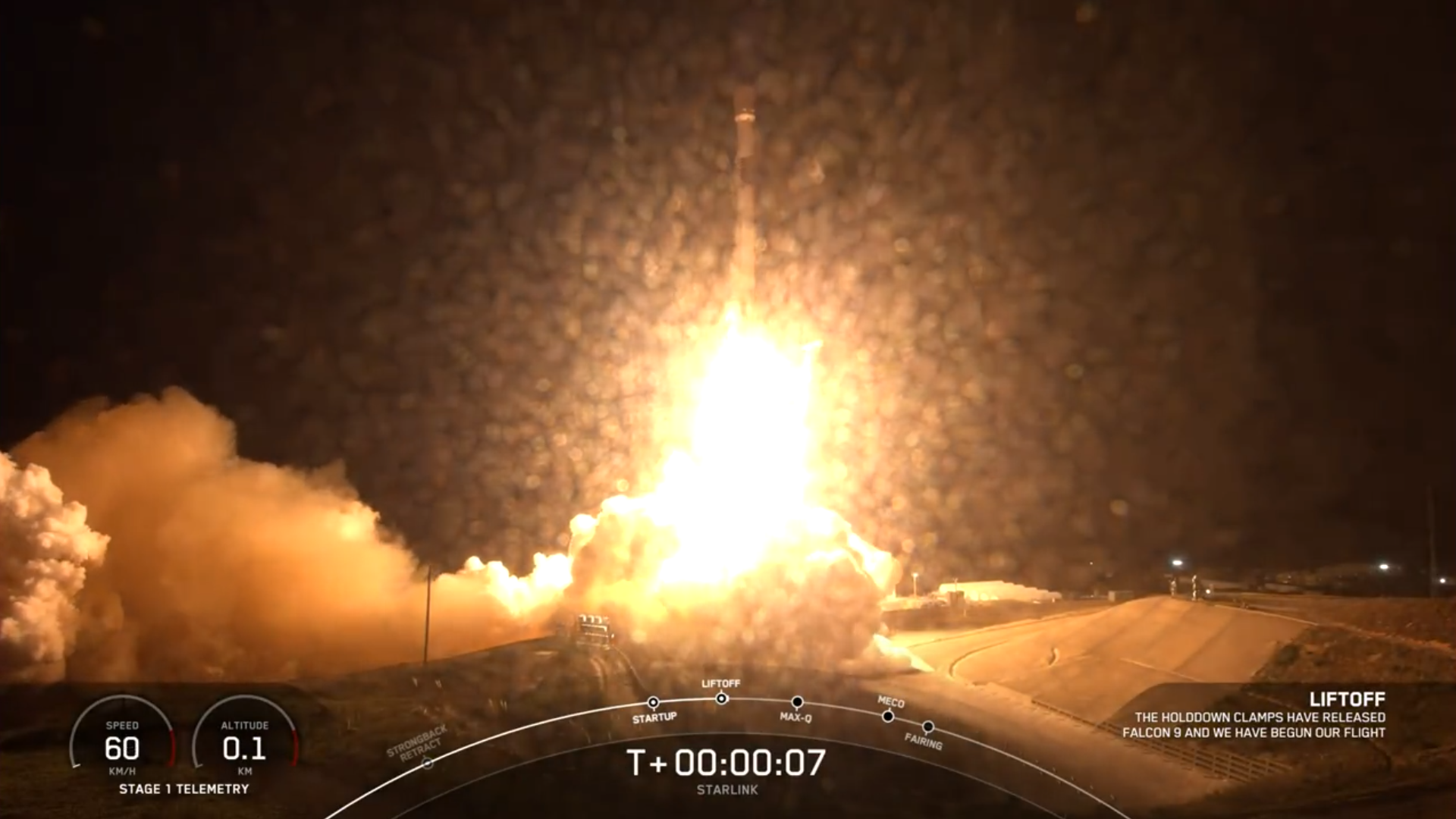
That quarter-century of flights has included 19 dedicated Starlink missions, carrying 677 of these flat-packed internet satellites uphill, as well as two multi-payload Transporter rideshares, a pair of Tranche 0 launches on behalf of the SDA and Iridium Corp.’s first Falcon 9 mission in over four years. The year saw Vandenberg stage its first three-launch month by the fleet in April and almost half of its 57 (and counting) West Coast Falcon 9 missions since September 2013 have occurred in 2023 alone.
Last night’s launch came on the coattails of a remarkable triple-header weekend. The action began at 12:05 a.m. EST Saturday with a Starlink mission out of storied Space Launch Complex (SLC)-40 at Cape Canaveral Space Force Station, Fla., then continued with the second Integrated Flight Test (IFT-2) of the 394-foot-tall (120-meter) Starship/Super Heavy out of Starbase in Boca Chica, Texas, at 7:03 a.m. CST.
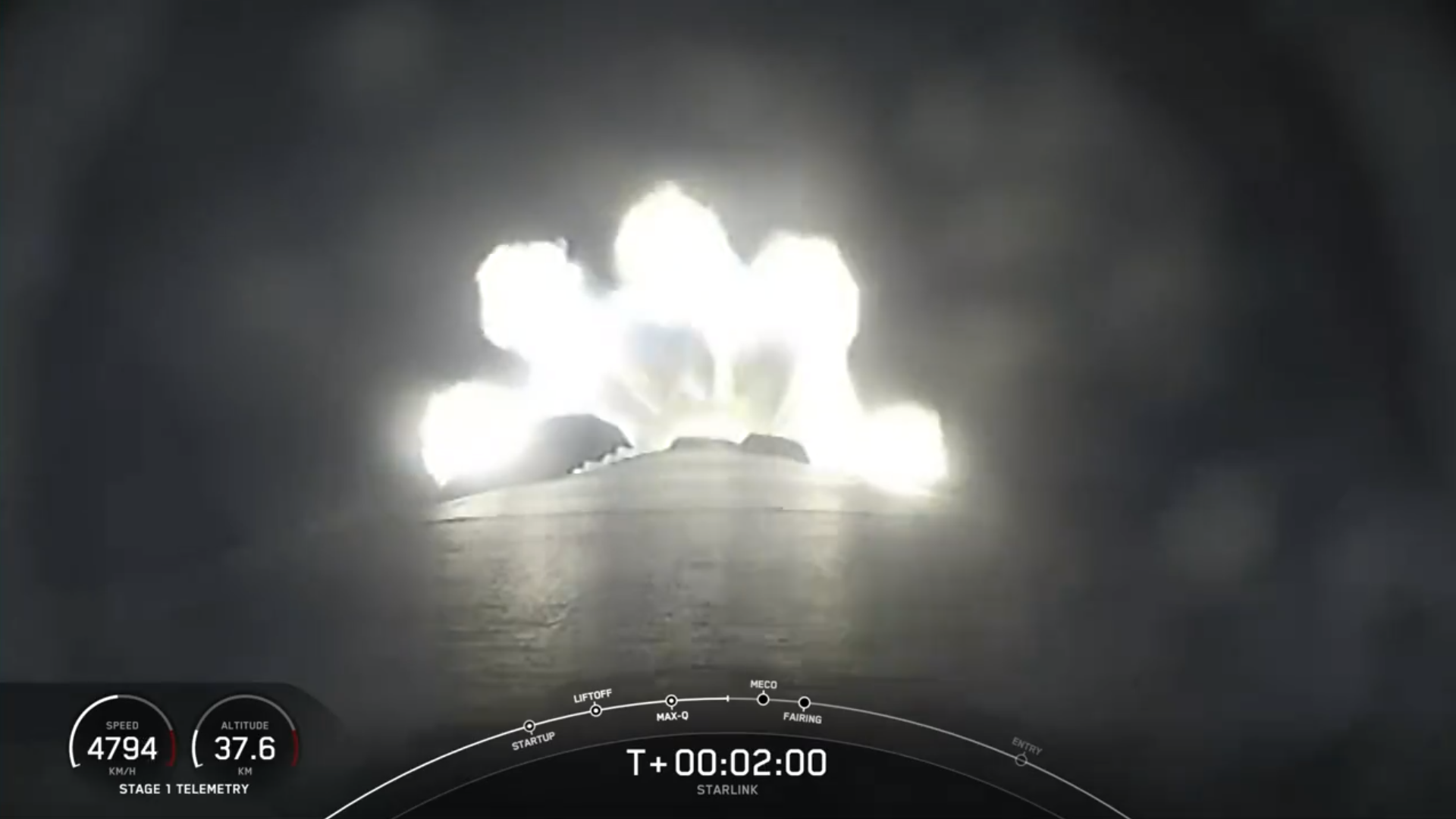
With B1063 rounding out the weekend with own Starlink mission overnight Sunday/Monday, SpaceX has now flown seven Falcon 9s inside November’s first three weeks. Putting that into context, for most of 2023 the organization has achieved between three and five launches inside a month’s third week, making it increasingly likely that November may close—for the first time—on as many as ten missions.
In readiness for launch, the West Coast-based Autonomous Spaceport Drone Ship (ASDS), “Of Course I Still Love You”, put to sea out of Port of Long Beach last week, bound for a recovery position in the Pacific Ocean. And for B1063—which has now flown 14 times from the West Coast, plus a single mission from SLC-40 at the Cape back in May 2021—it makes her Vandenberg’s most-flown Falcon 9.
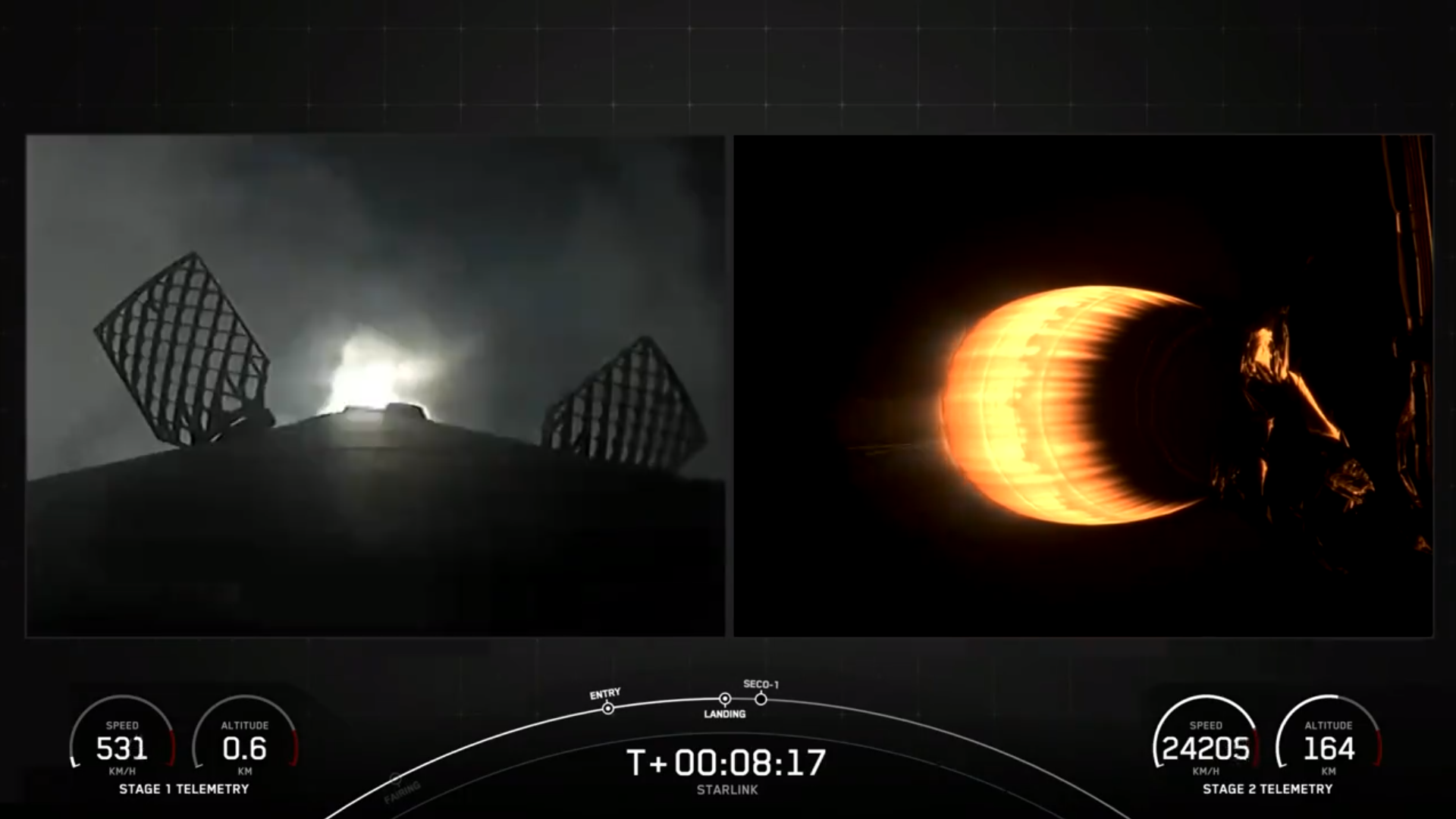
Heading into Saturday evening, SpaceX initially targeted a suite of T-0 points, extending from 10:55 p.m. PST through 2:52 a.m. PST Sunday. Fueling of the Falcon 9 with liquid oxygen and a highly refined form of rocket-grade kerosene (known as “RP-1”) got underway at T-35 minutes, before the attempt was scrubbed and launch rescheduled for the next available range of T-0 opportunities that extended from 10:33 p.m. PST Sunday through 2:30 a.m. PST Monday.
As it was, SpaceX’s 275th single-stick Falcon 9 went airborne right at the end of the window, at 2:30 a.m. PST Monday, powering into the darkness, her nine Merlin 1D+ engines providing some 1.5 million pounds (680,000 kilograms) of thrust for the opening 2.5 minutes of ascent. B1063 then separated from the stack and commenced a graceful pirouette of Entry and Landing “burns” to alight smoothly onto the drone ship’s expansive deck.
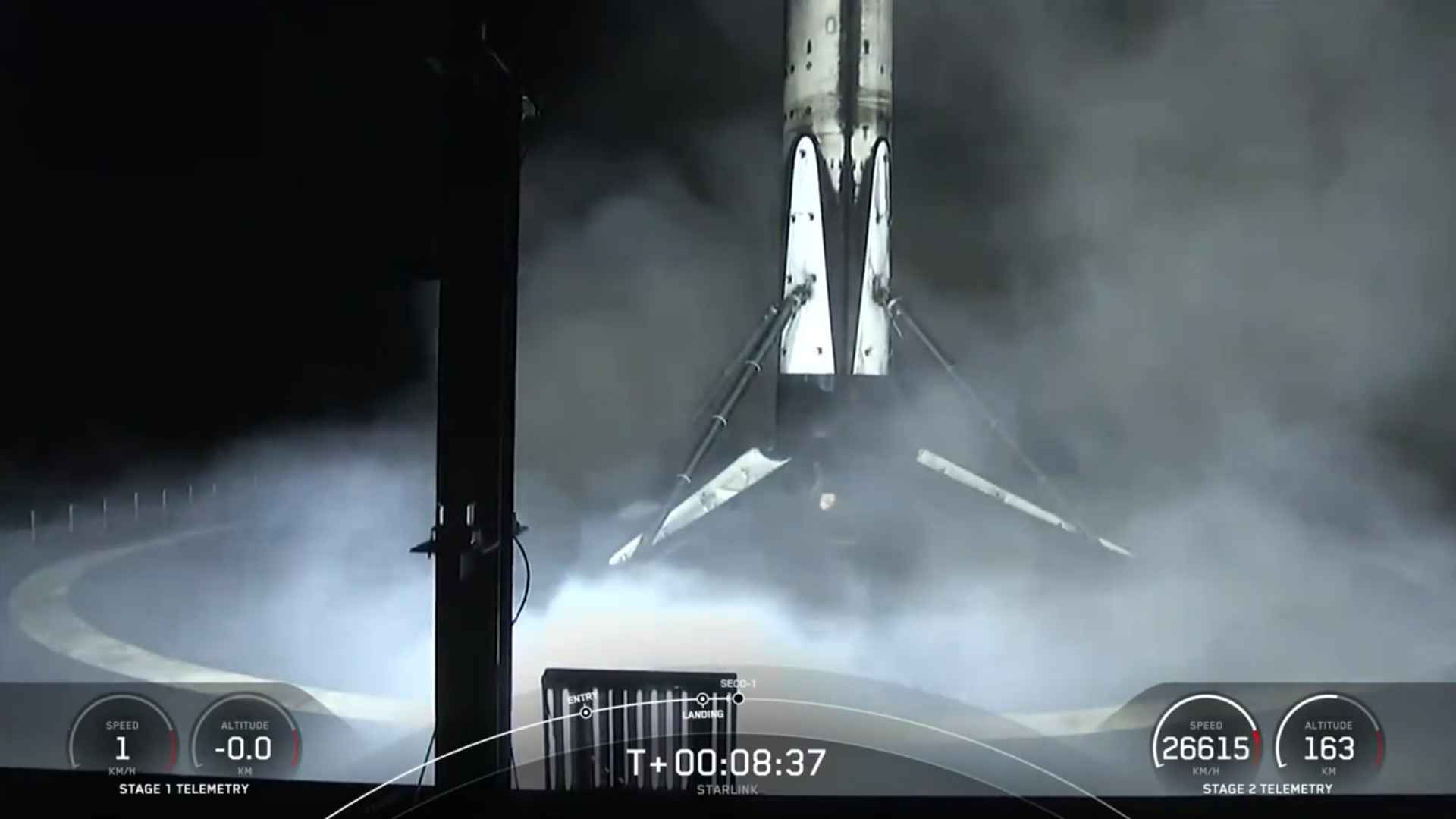
Meanwhile, the single Merlin 1D+ Vacuum engine of the Falcon 9’s second stage ignited for a customary six-minute burn to deliver the 22 Starlinks into orbit. Deployment occurred about 62 minutes after launch.
As a network, Starlink facilitates high-speed and low-latency internet provision to over 60 sovereign nations and international markets in North and South America, Europe, Asia, Oceania and Africa. So far in November, Europe’s Georgia, Africa’s Benin and Asia’s Maldives have joined the network.
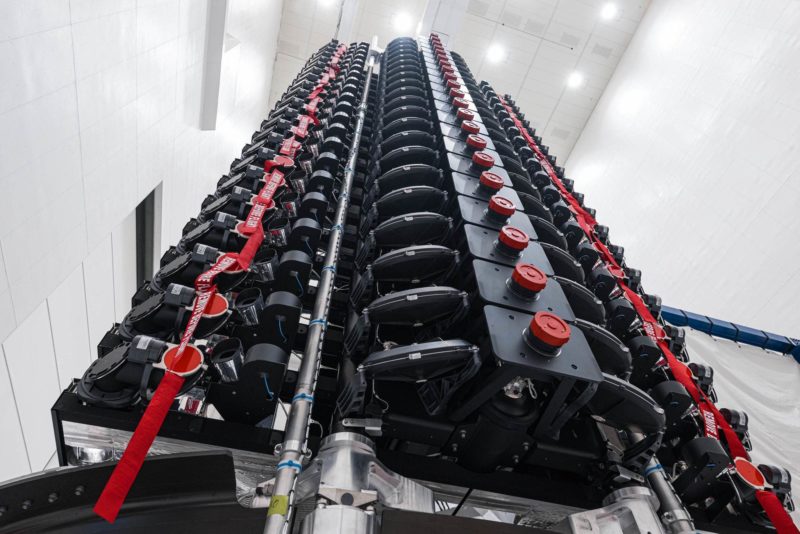
The Starlink “V2 Mini” satellites, first flown in February, boast three to four times greater “usable” bandwidth than earlier Starlink iterations. “V2 Minis include key technologies—such as more powerful phased-array antennas and the use of E-Band for backhaul—which will allow Starlink to provide 4x more capacity per satellite than earlier iterations,” SpaceX explained. “Among other enhancements, V2 Minis are equipped with new argon Hall thrusters for on-orbit maneuvering.”
Florida-based intercity operator Brightline adopted Starlink on its trains earlier in 2023, the first passenger rail service in the world to do so. Additionally, El Salvador’s Ministry of Education has begun integrating Starlink capability into its schools to help close the digital divide between urban and remote rural communities and 50 Rwandan schools are now connected via Starlink’s high-speed internet service.





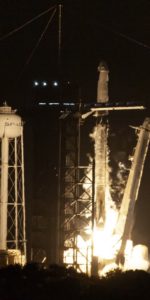
5 Comments
Leave a Reply5 Pings & Trackbacks
Pingback:SpaceX Flies First 2024 Mission, Looks to Second Tomorrow - AmericaSpace
Pingback:SpaceX Flies First 2024 Mission, Looks to Second Tomorrow - SPACERFIT
Pingback:SpaceX Launches Third Vandenberg Mission of January, 2024’s Starlink Count Passes 100+ - SPACERFIT
Pingback:SpaceX Successfully Launches, Lands Falcon 9 Double-Header Missions - AmericaSpace
Pingback:SpaceX Successfully Launches, Lands Falcon 9 Double-Header Missions - SPACERFIT